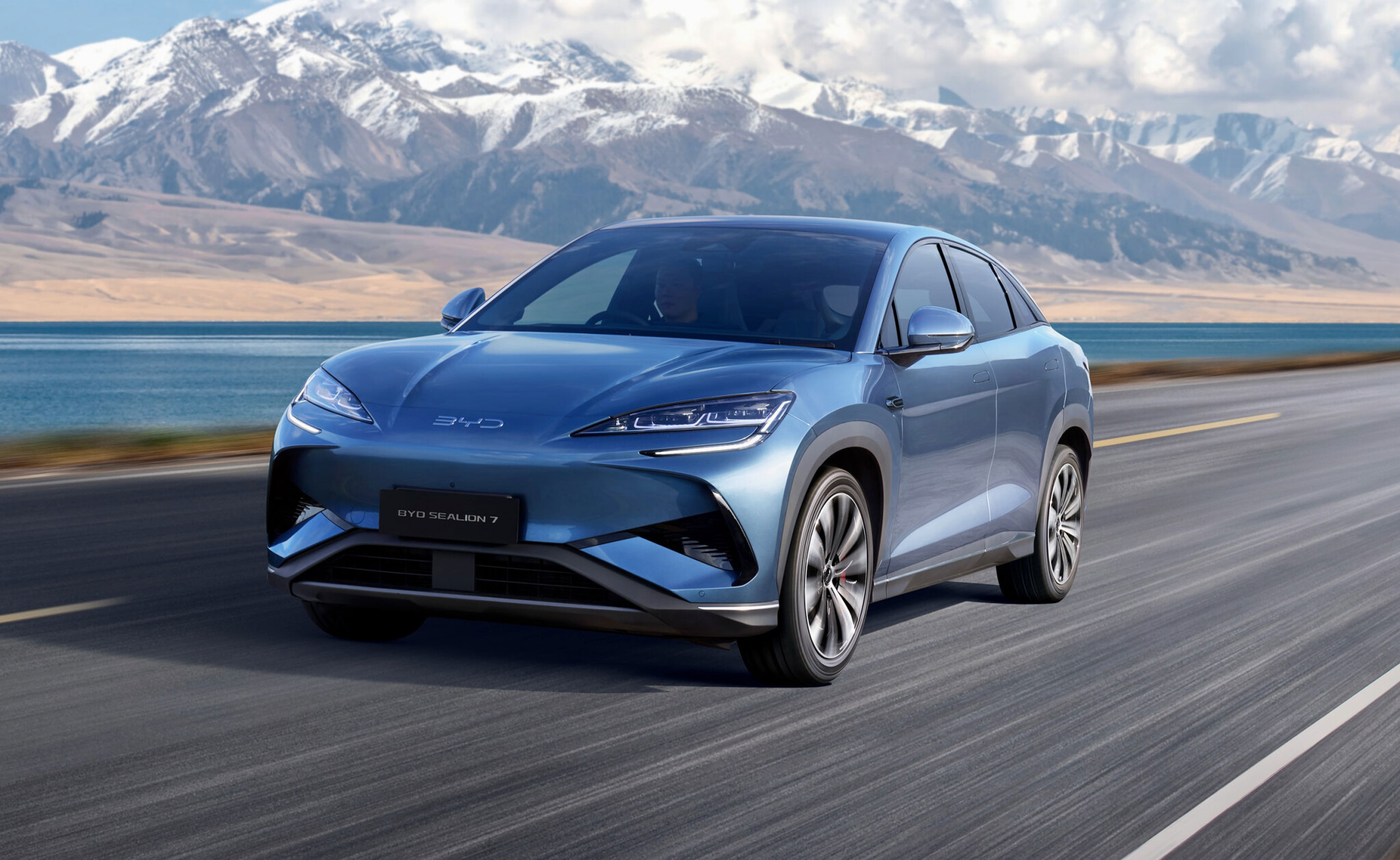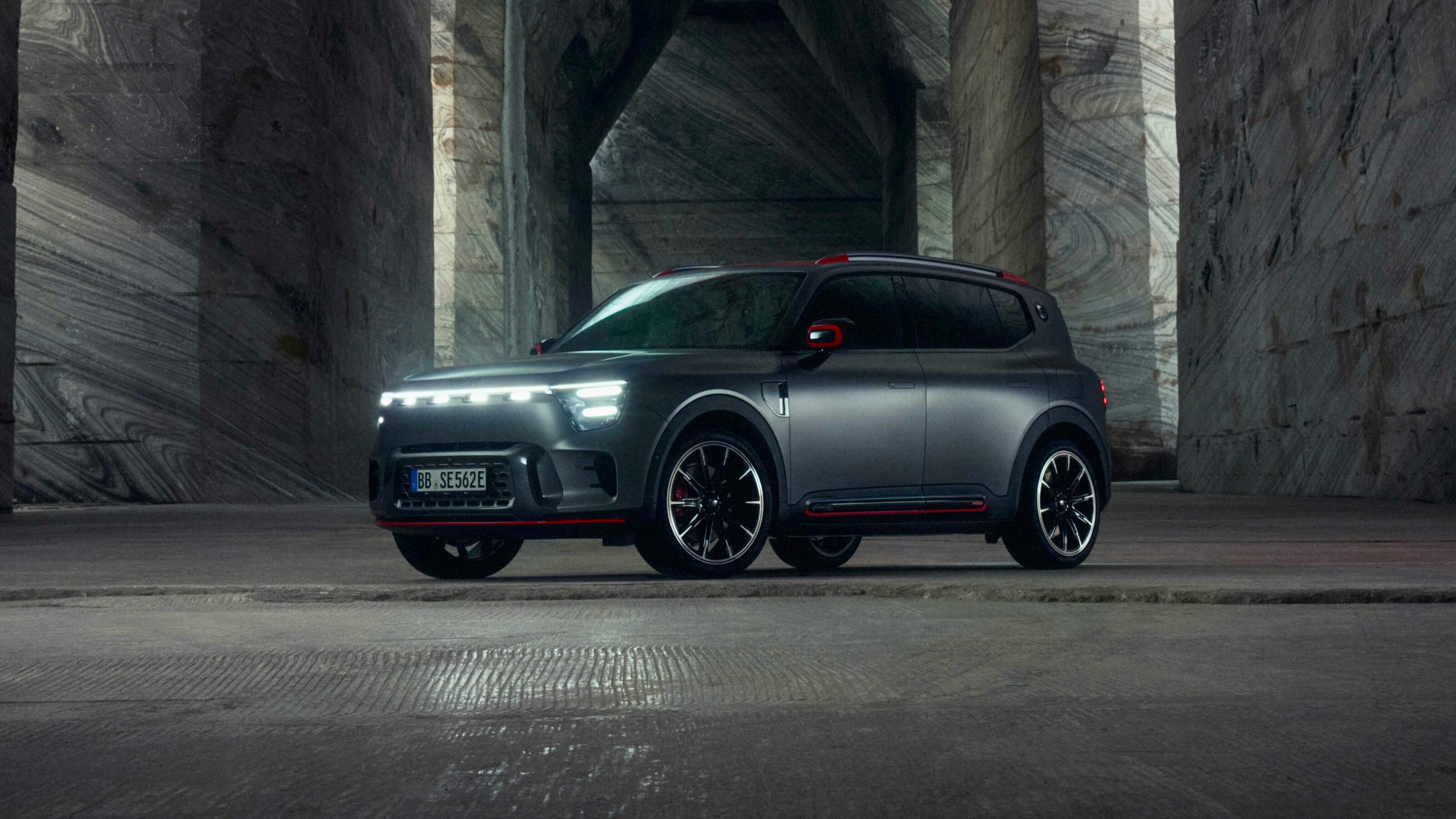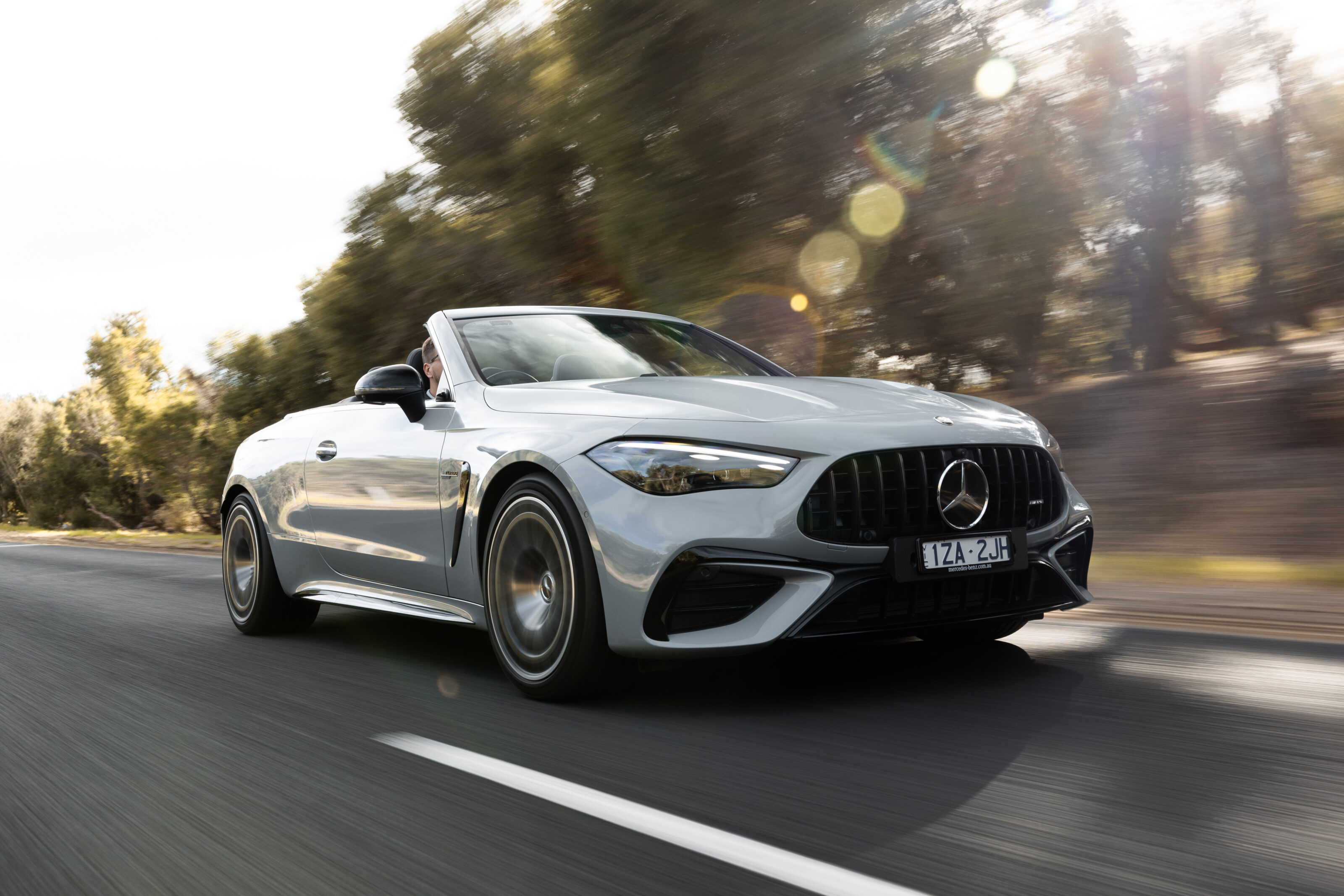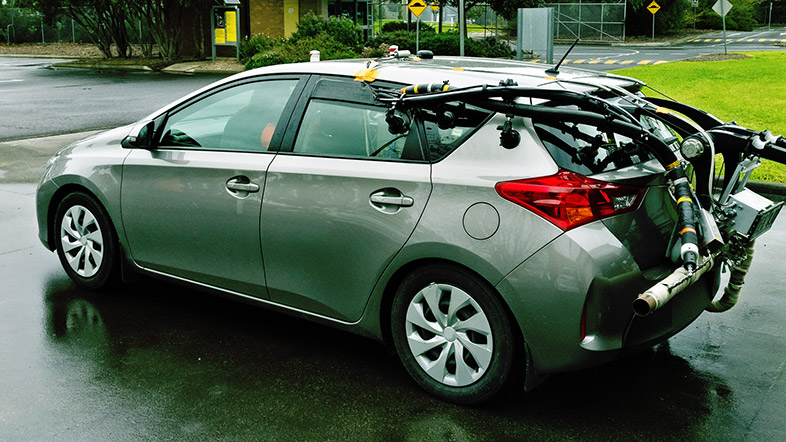
Snapshot
- Test lab to real world economy difference can be over 50 per cent
- ADR testing standards have remained unchanged since 2001
- Manufacturers complying with regulations despite large gap
If you’ve purchased a new car, you may have seen the label in the corner of the windscreen, showing the vehicle’s fuel consumption and Carbon Dioxide (CO2) emissions, both of which are designed to help inform prospective buyers about the car’s overall efficiency.
To find out what a new vehicle’s fuel-consumption is before it hits showrooms, Australia uses the Australian Design Rules (ADR) 81/02 test which is based on the New European Driving Cycle (NEDC) introduced in the 1980s and, until recently, was used as a standard across most of the world to test consumption and emissions.
The ADR standardised tests are conducted in a cell which is air conditioned between 20 to 25 degrees, with the car set up on rollers and force-fed air into the radiators so it doesn’t overheat. Resistance on the rollers is set to mimic the weight of the car and the 11-kilometre, 20-minute test begins, starting with an ‘urban’ cycle (replicating stop-start traffic) followed by a shorter ‘extra urban’ cycle.
The results of the two parts are weighed against each other to calculate the average fuel economy which is shown on the top part of the label with the two separate results underneath, the CO2 results also being shown on the right side of the label.
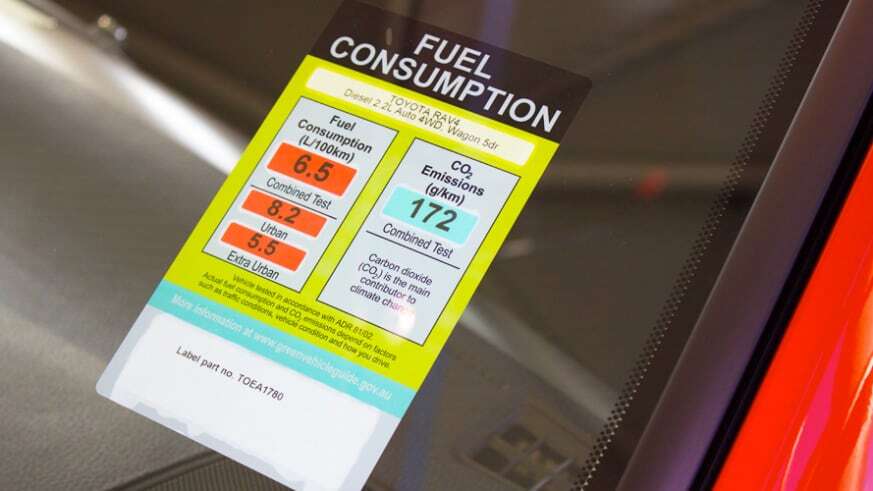
The ADR standard of testing was designed for typically lower speed environments, the urban test has an average speed of just 19km/h over a 4km distance while the extra urban cycle runs for 7km, running at an average of 63km/h with peak speeds of up to 120km/h.
Though it is still a problem in Europe, Australians have seen a far larger difference between the advertised and real world fuel economy of their cars due to different conditions here compared to abroad, both in terms of the lengths we drive and the average speeds we drive at.
Testing in the United States is conducted by the Environmental Protection Agency and takes place both in a lab and on the real road, giving more accurate results though at an arguably higher cost to the taxpayer.
Meanwhile, European testing was overhauled in the wake of the Volkswagen Dieselgate scandal in 2015 in which certain VW models were found to have been pre-programmed to recognise when they were in a testing lab, producing significantly lower emissions than what were achievable in real life.
In 2017, the European automotive industry changed from testing emissions and consumption through the NEDC platform to the newer Worldwide Harmonised Light Vehicle Test Procedure (WLTP) platform, performed over a longer distance of 23km as well as having a wider range of speeds and simulated gradients, better reflecting real world driving in the aim of bridging the gap between advertised fuel economy and the results customers will see on the road.
Speaking to WhichCar, Hyundai Australia said while the ADR testing allows consumers to compare different cars against the same metric, the South Korean automaker would welcome a move to the WLTP testing platform.
“The current laboratory-based test procedure for ADR 81/02 gives consumers the ability to compare fuel efficiency of different vehicles using a common, repeatable method,” said a spokesman.
“However, we could see the benefit in Australia adopting WLTP as it better reflects efficiency achieved in real-world conditions. Ultimately, though, we comply with whatever regulation is set by government.”
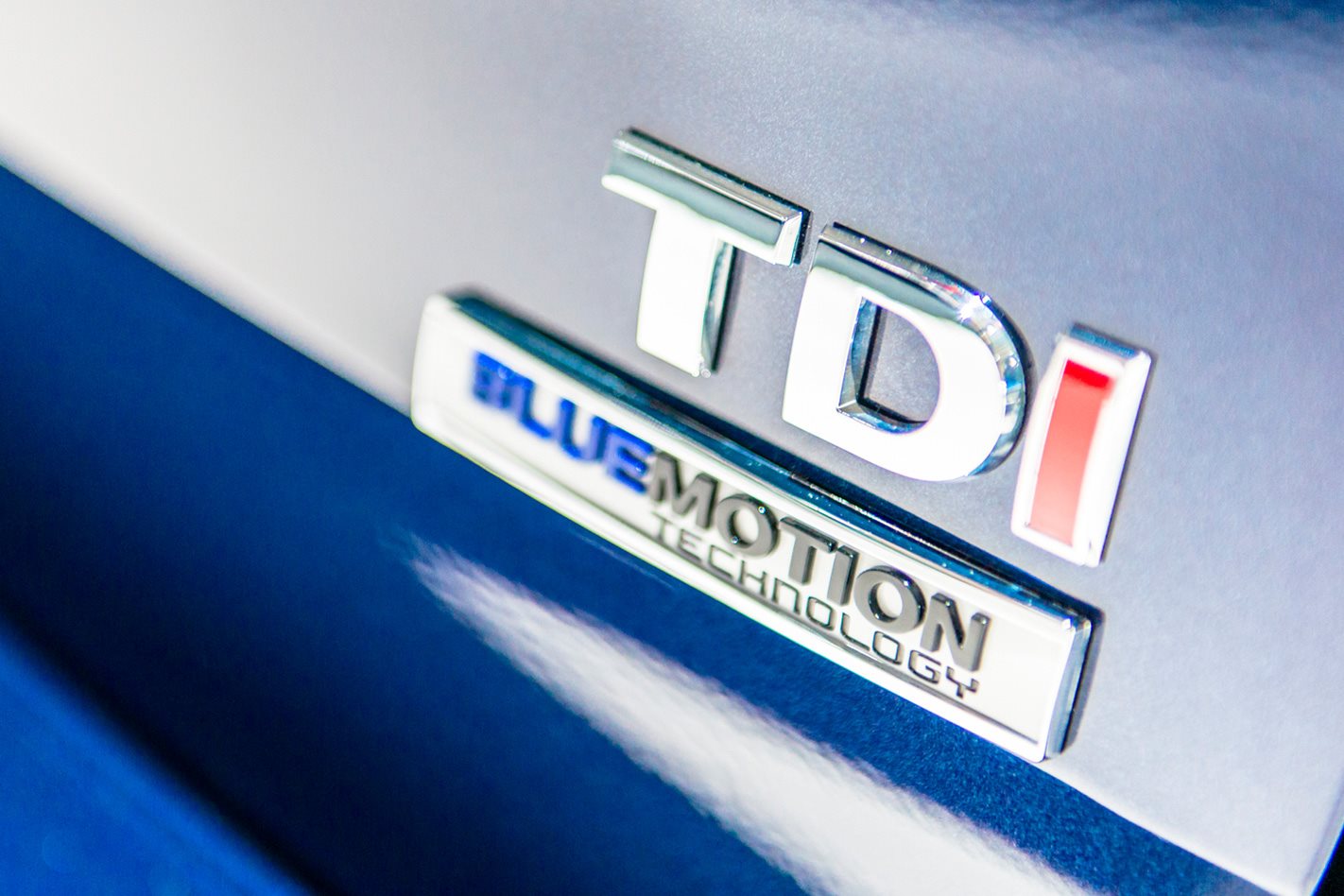
Calls within the Australian motor industry for Fuel Consumption Labels to be changed or scrapped completely have grown louder after the Victorian Supreme Court ruled in favour of a Mitsubishi Triton owner who claimed the label on his Triton was misleading compared to the car’s actual consumption.
The case between Zelko Begovic and Mitsubishi Australia came from Mr Begovic keeping records of his 2016 Triton’s fuel consumption which, despite being shown on the Fuel Consumption Label as having better economy than his previous 2008 model, consumed more fuel than the car before it.
The Supreme Court found neither a Mitsubishi technician or an independent tester could replicate the results given on the fuel label, placing blame on the testing process rather than Mitsubishi, saying the Japanese manufacturer had done nothing illegal and the vehicle was not defective.
Futhermore, Judge Tim Ginanne said the fuel-labelling system was “misleading and deceptive”, adding: “The label contained no representation about the Triton’s actual fuel consumption but, I consider that a reasonable consumer reading the label would consider it indicated information about the vehicle’s fuel consumption.”
A spokeswoman for Mitsubishi said the company “[was] pleased to see that there is no suggestion that Mitsubishi Motors did anything other than to comply with the law when conducting the Government mandated fuel consumption tests.”



